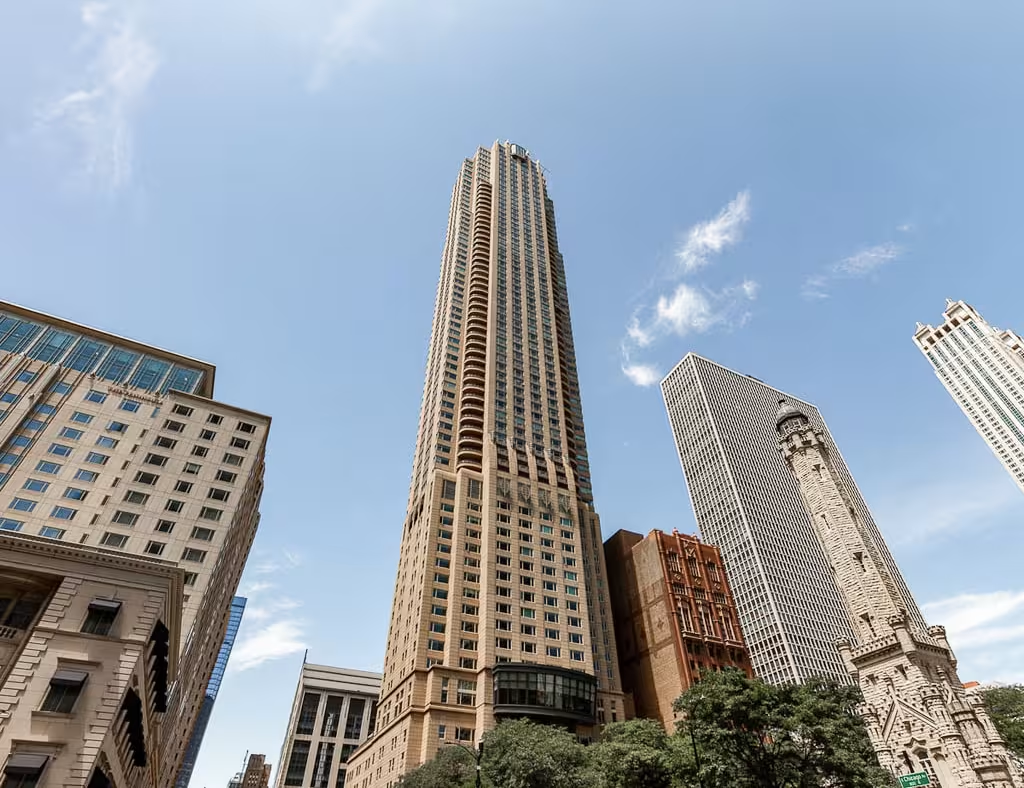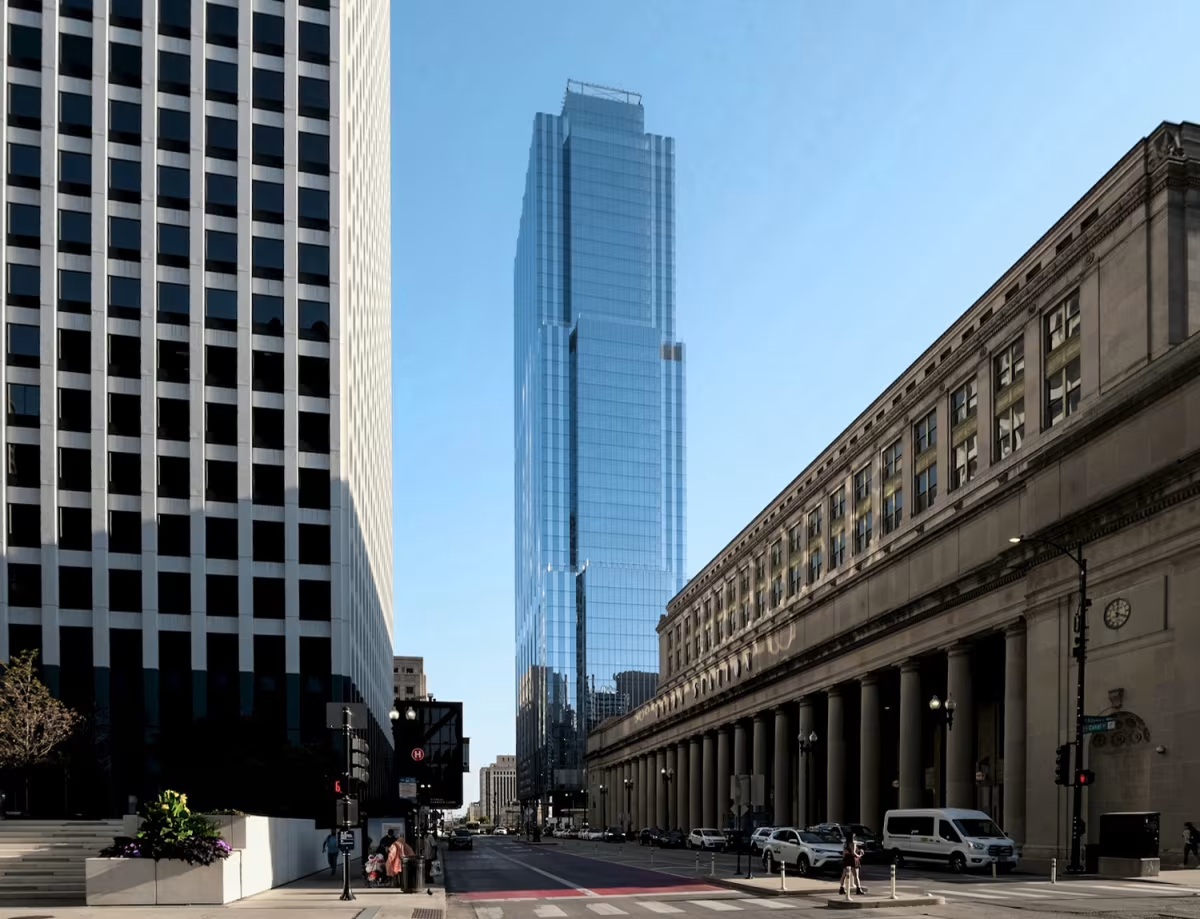Park Tower vs BMO Tower


Comparing the Park Tower and the BMO Tower is interesting because they both rise in Chicago, IL, yet they were conceived by two different design teams, Lucien Lagrange Architects and Goettsch Partners , and were completed at different points in time. They were finished over two decades apart.
This contrast within the same city allows us to see how different creative minds interpreted the evolving needs of Chicago across time.
Let's take a closer look!
Height & Size
The Park Tower is clearly the larger tower of the two, both in terms of height and number of floors. It rises to 844ft (257.4m) with 68 floors above ground, while the BMO Tower reaches 728ft (222m) with 51 floors above ground.
Of course, each project may have faced different briefs or regulatory constraints, which we don't really know about and could also explain the outcome.
Architectural Style
Both the Park Tower and the BMO Tower were designed in line with the aesthetic conventions of the Contemporary style.
At the time, this style was at the height of its popularity. So both Lucien Lagrange Architects and Goettsch Partners followed what was in many ways expected of them, producing designs that fit comfortably within contemporary architectural norms, rather than breaking with convention.
Uses
The Park Tower follows a mixed-use model, combining hotel and residential. In contrast, the BMO Tower has remained primarily commercial.
The Park Tower incorporates a 5-star hotel with 203 rooms. More information is available at the official website.
The Park Tower offers 117 residential units.
The BMO Tower also provides 324 parking spaces.
Structure & Facade
Both towers share the same structural solution, a Frame system.
A frame structure uses a grid of columns and beams to carry the building's loads. This frees the walls from structural duties, allowing for flexible floor plans and larger windows.
However, when it comes to the facade, both buildings use different approaches. The Park Tower uses a Modular facade, while the BMO Tower uses a Curtain Wall facade.
A Modular facade like the one seen in the Park Tower employs prefabricated panels, often mixing solid surfaces with smaller windows, while a curtain-wall facade like the one seen in the BMO Tower uses a lightweight glass curtain wall hung from the structure.
| Park Tower | BMO Tower | |
|---|---|---|
| Lucien Lagrange Architects | Architect | Goettsch Partners |
| 1994 | Design Ended | 2018 |
| 1998 | Construction Started | 2019 |
| 2000 | Year Completed | 2021 |
| Contemporary | Architectural Style | Contemporary |
| Mixed | Current Use | Commercial |
| 68 | Floors Above Ground | 51 |
| 1 | Floors Below Ground | 2 |
| 257.4 m | Height (m) | 222 m |
| 72,464 m² | Usable Area (m²) | 140,000 m² |
| Frame | Structure Type | Frame |
| Reinforced Concrete | Vertical Structure Material | Concrete And Steel |
| Reinforced Concrete | Horizontal Structure Material | Poured Concrete Over Metal Decking |
| No | Facade Structural? | No |
| Precast Concrete | Main Facade Material | Glass, Steel |
| LR Development | Developer | Riverside Investment & Development |
| Chris Stefanos Associates | Structural Engineer | Magnusson Klemencic Associates |
| IL | State | IL |
| Chicago | City | Chicago |
| 800 North Michigan Avenue | Address | 320 South Canal Street |